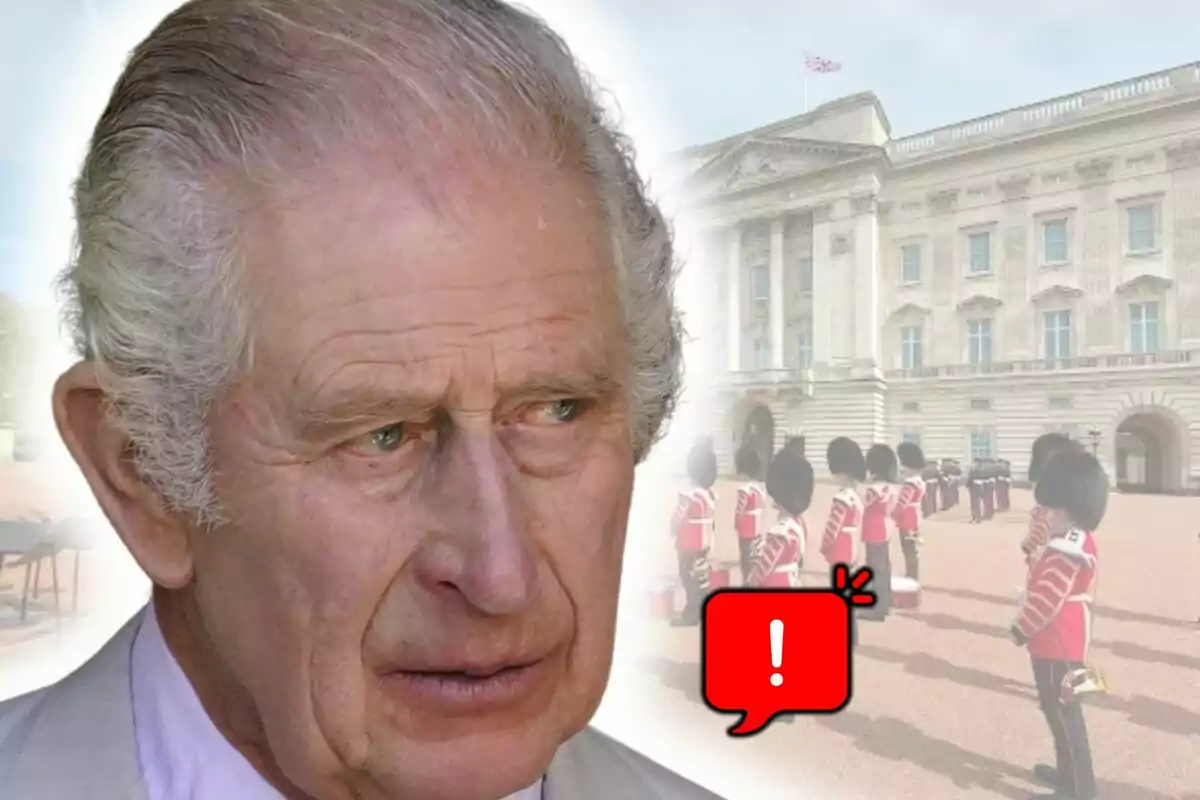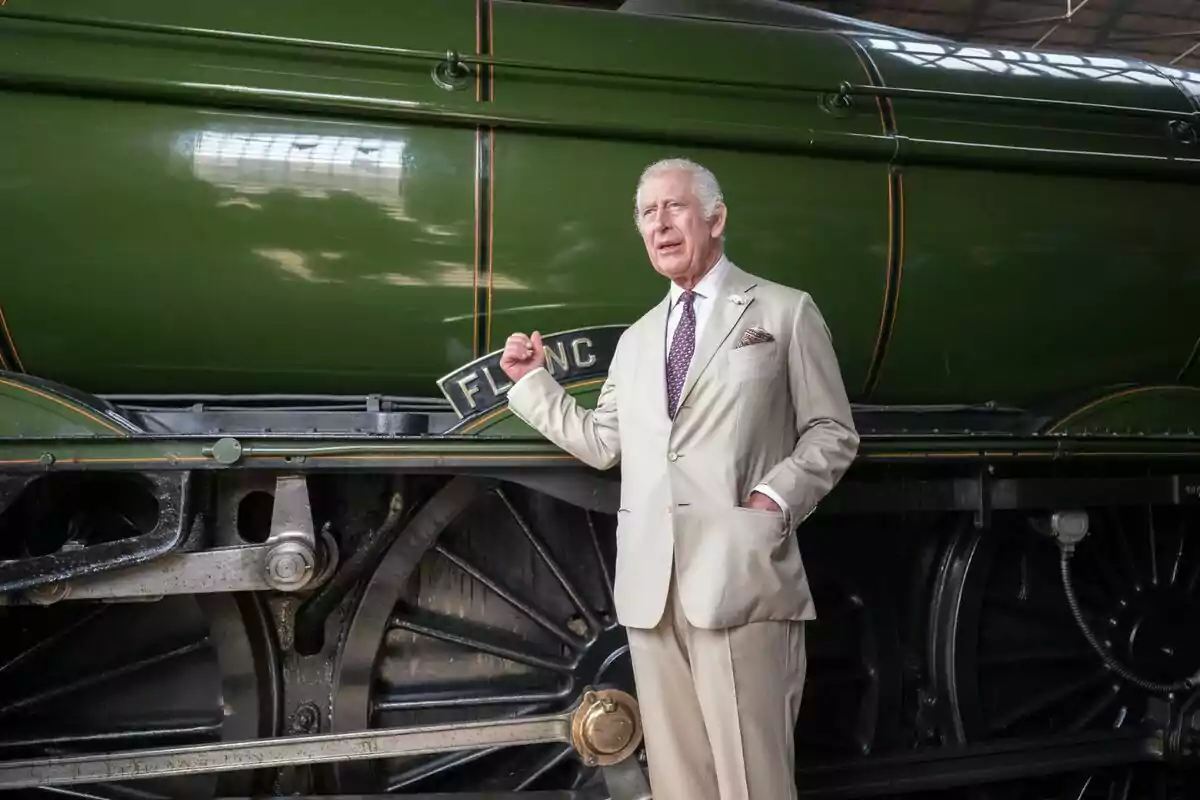
Buckingham Palace and King Charles III make it official: two years left and it'll be over
King Charles III Makes an Important Change Official That Will Arrive in Two Years and Will Mark a Turning Point
For decades, it has crossed British landscapes with the elegance reserved for a centuries-old institution. It was not just a means of transportation, but a witness to generations of monarchs and decisive moments for the United Kingdom. However, its days are numbered: the British royal train has a farewell date.
Buckingham Palace has confirmed it in its latest financial report, sparking reactions that mix nostalgia and logic. The decision has been made to retire it permanently in 2027, closing a chapter that began in Queen Victoria's time.

The royal train has been, since 1842, a symbol of exclusivity and tradition. That first journey by Queen Victoria between Slough and Paddington inaugurated a custom that has been kept alive for more than 180 years. Its modern version, made up of nine carriages adapted with bedrooms and an office, was introduced for Queen Elizabeth II's Silver Jubilee.
King Charles III Dispenses With the Royal Train While Buckingham Palace Continues Its Renovation
Over the years, its use has been reserved for official events, regional trips, and state journeys within the country. It has always offered a combination of privacy, security, and symbolism that is hardly matched by other means. However, the current context has forced every pound spent to be scrutinized.
King Charles III has accepted that the cost to keep this relic is no longer justifiable. It has been reported that a single official journey has cost more than £44,000, a figure that has set off alarms. In addition, keeping the train operational beyond 2027 would require significant financial investments (£), something that has already been considered unnecessary.
The decision has not been made lightly, but it responds to a social climate that demands greater transparency and restraint in public spending. Instead, the Royal Household has increased the use of helicopters, an alternative that has proven more practical for the royal agenda. This change aligns with a more modern vision of the institution.
Renovation at Buckingham Palace Under the Firm Management of Charles III
The announcement has coincided with the publication of the Sovereign Grant report, which breaks down the funds allocated to the monarchy. The budget has been kept at £86.3 million, a figure that has not changed in the last three fiscal years. A large part of those resources is allocated to the renovation work at Buckingham Palace.
The funds also cover staff salaries, official trips, and the upkeep of royal palaces. Security costs, however, are managed separately, due to their complexity and sensitivity. Even so, the Royal Household has shown that it can operate without resorting to a budget increase.
A New Chapter for Charles III: Buckingham Palace Is Transformed
Meanwhile, Buckingham Palace continues to be immersed in an ambitious modernization plan. The works include the updating of electrical systems, sanitary installations, elevators, and adapted access points. This remodeling seeks to preserve the architectural legacy, but also to adapt it to 21st-century standards.
In line with this modernizing drive, the Royal Household has expanded the use of electric and hybrid vehicles. Even King Charles III's Bentley cars have been adapted to run on biofuels. Sustainability is no longer just an institutional message, but a real practice.
The retirement of the train, though inevitable, is still an emotional blow for those who have followed every move of the royal family with admiration. With it, a symbol that united tradition with movement, the past with the royal presence, says goodbye. In its place comes a new era, in which efficiency and modernity set the course for the British monarchy.
More posts: